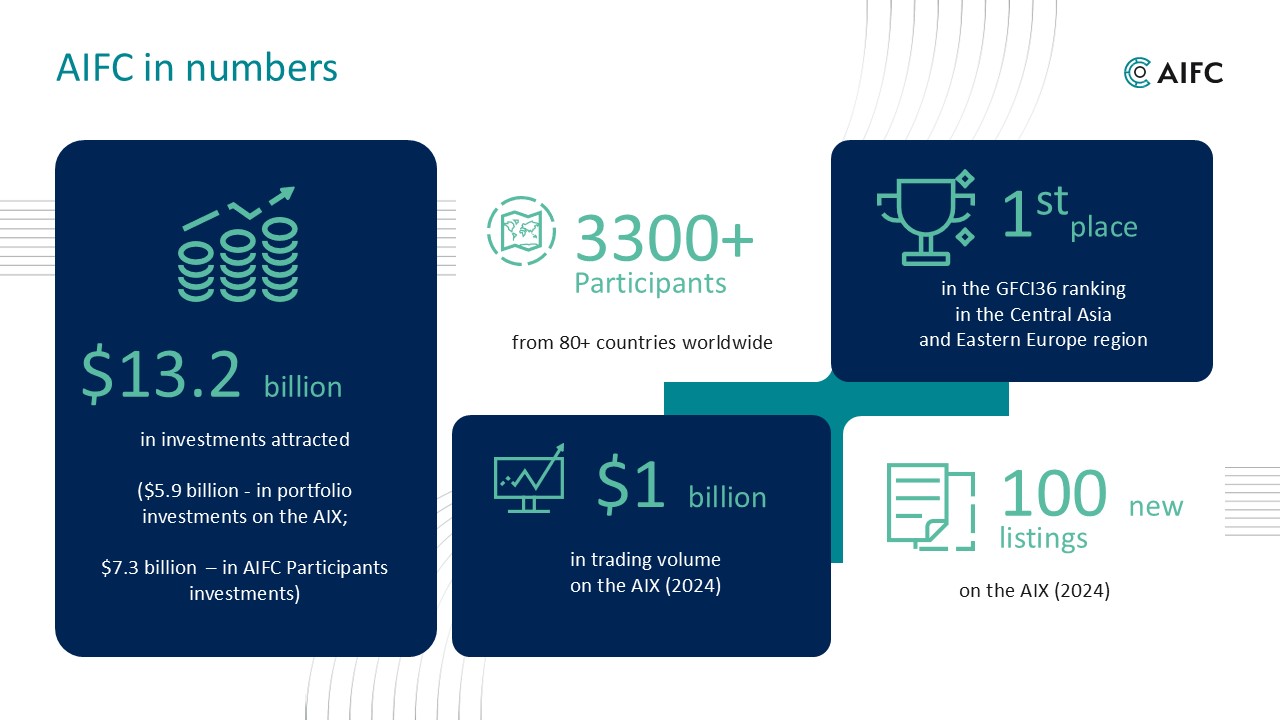EVs: in the world and in Kazakhstan, and their role in reducing greenhouse gas emissions

This analytical report describes the role of electric vehicles (hereinafter – EV) in reducing greenhouse gas emissions (hereinafter – GHG emissions) and air pollution, as well as the current state of the EVs market in the world and in Kazakhstan. The report aims to inform the public about the benefits of EVs compared to fossil-fuel vehicles, and to inform financial and other institutions about the possibilities of attracting investments through sustainable financial instruments, such as green bonds and loans, to finance the purchase of EVs and clean transport infrastructure.
The transport sector is one of the sources of greenhouse gases and air pollution in the world and in Kazakhstan, which is largely powered by fossil fuels. Greenhouse gases lead to climate change, which has been recognised by the UN as one of the most serious problems of our time, bearing direct physical risks and threats to ecosystems, infrastructure, human life and health.
In this regard, the reduction of carbon emissions in the transport sector is an important measure to reduce GHG emissions into the atmosphere and improve air quality.
At the global level, the transition to alternative modes of transport, namely EVs that do not produce carbon emissions, is gaining momentum. Various studies show that over the entire life cycle of an EV, including battery production, other manufacturing and end of life, feedstock & fuel, vehicle in-use, EVs generally produce lower emissions than conventional fuel vehicles.
In Kazakhstan, in recent years, the number of EVs has been growing rapidly, but the share of vehicles with electric fuel is still negligible – less than 1%. On the one hand, various measures are being introduced to encourage the transition to green transport, such as exemption from transport tax and recycling fees. On the other hand, there are still such constraining factors as the high initial cost of buying an electric car and underdeveloped infrastructure, including charging stations and specialised services.
At the same time, the business community and financial institutions of the country do not remain aloof from the global green transition. Companies are gradually replacing their vehicles with electric cars and electric buses, including those powered by their own renewable energy sources. Banks have begun issuing green car loans for the purchase of EVs.
However, for a more massive popularisation of EVs among the population and business, additional measures are required to increase solvent demand, develop the infrastructure of charging stations and services throughout the country, as well as develop domestic production of environmentally friendly vehicles.
One of the key tasks of the Astana International Financial Centre (AIFC) is to contribute to the sustainable economic growth of the country, including the transition to a low-carbon economy by attracting sustainable investment and creating a supporting financial ecosystem.
The main instruments of sustainable finance are green bonds and loans, proceeds of which are used to finance environmentally sustainable projects, and which comply with internationally recognised standards in the field of green finance, such as the Green Bond Principles of the International Capital Market Association and the Climate Bonds Standard of the Climate Bonds Initiative. According to these standards, an obligatory requirement for the recognition of a bond issue or a loan as green is to receive an independent evaluation. The AIFC Green Finance Centre is the flagship provider of an independent evaluation of green financial instruments in the country. 70% of green bonds and loans in the country were issued with the support of the AIFC Green Finance Centre.
To increase the availability of EVs in the country, the Centre can provide services to support financial and other organisations in issuing green bonds and providing loans by developing the necessary documents and policies in the field of green finance and providing an independent evaluation.
You can read the report by clicking here.






